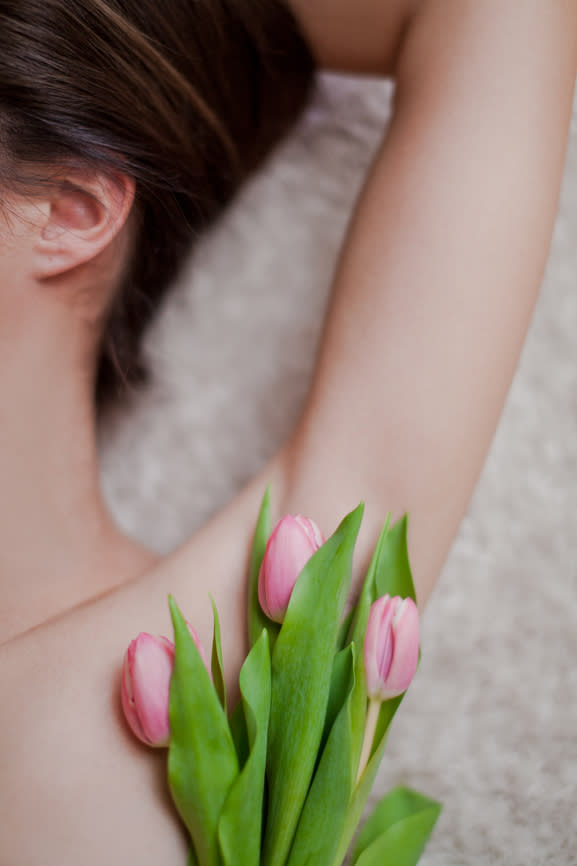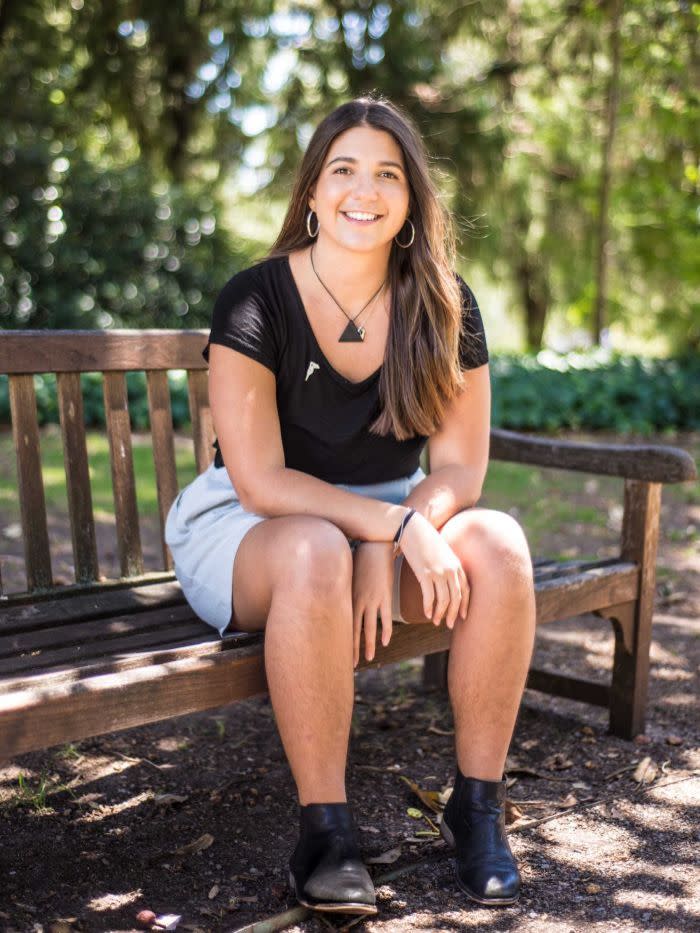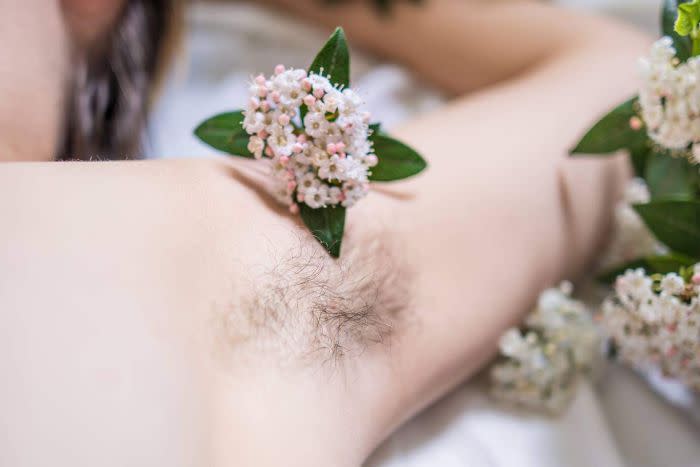Campaign Asks Women to Grow Body Hair for Antiviolence Awareness

You’ve likely heard of Movember — the November awareness-raising shtik that involves men around the world swapping daily shaves for new mustaches and beards, all to raise money to treat men’s cancers and mental health.
Now there’s No Shave February. A similarly themed awareness-raising movement, this one asks women to put down the razors and grow hair where we’re supposed to be bare — on legs and armpits — in the aim of stopping violence against women. But this one’s based out of Australia, where American-style beliefs about smoothness prevail.
“Smooth, hair-free skin is a Westernized standard of beauty over 95% of Australian women conform to. Why? Because in 1915 a large company ran an advertising campaign telling us that hair on a woman’s legs and underarms was ‘ugly’ and ’embarrassing,'” the website explains, referring to early depilatory ads that first took aim at women’s pit hair. “Today, girls as young as 10 remove their hair to avoid the ’embarrassment’ of their natural bodies.”

To fight that idea for a higher cause, the site urges, “take one month out of your normal leg and underarm shaving routine, challenge expectations, and raise money to help eliminate violence against women. Take the challenge and find out why a little fuzz feels like freedom.”
Although there does not appear to be a U.S. version of the campaign, a no-shave movement has been enjoying a slow yet controversial burn here for several years, illustrated from time to time by Instagram photos of celebs from Madonna to Miley, trending hashtags such as #armpithairdontcare and #NoShave, and situations like that of Laura De, a Belgian philosophy student who was brutally trolled back in September for the furry pits on display in her Facebook photo.

In Australia, No Shave February notes, one-third of women experience violence, and intimate-partner violence is the leading contributor to death and disability for women ages 15 to 44. All donations through the campaign go to the Full Stop Foundation to provide support services to those affected and to prevent further violence.
But what’s the connection between body hair and violence prevention? Explains the organization, “As young women, shaving is one of the first ways we learn to alter ourselves to conform to society’s expectations. Instead of being able to embrace the transformation into our adult bodies, we are expected to erase and remove any sign of womanhood.” Further, it notes, “Before being given a chance to determine how we feel about hair, or our bodies, the social requirement to remain hairless is imposed upon us. As a result, we learn to look outward for answers about how we should view and treat our bodies, and we are made vulnerable because of it. This vulnerability is what promotes and enables exploitation — it provides a pathway for predators, for an industry, and for the law to dictate what a woman’s body should be and do.”
Ready to take the challenge and help make a difference while you’re at it? You needn’t be Down Under to participate. So ditch that razor, and sign up here.
Related: The Internet Attacked a Girl for Showing Off Her Armpit Hair
Related: How This Photo of Leonardo DiCaprio’s Mom Has Sparked a Beauty-Standards Debate
Let’s keep in touch! Follow Yahoo Beauty on Facebook, Twitter, Instagram, and Pinterest.

